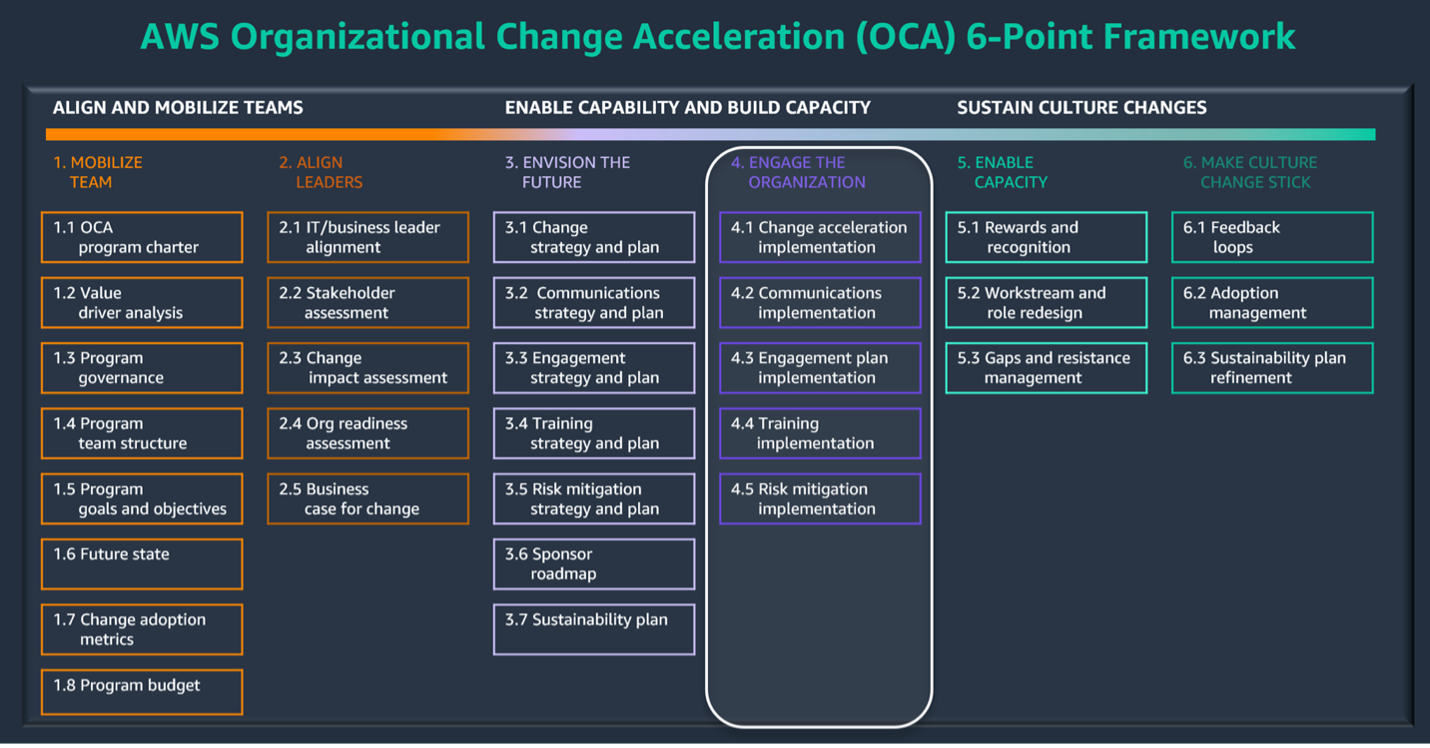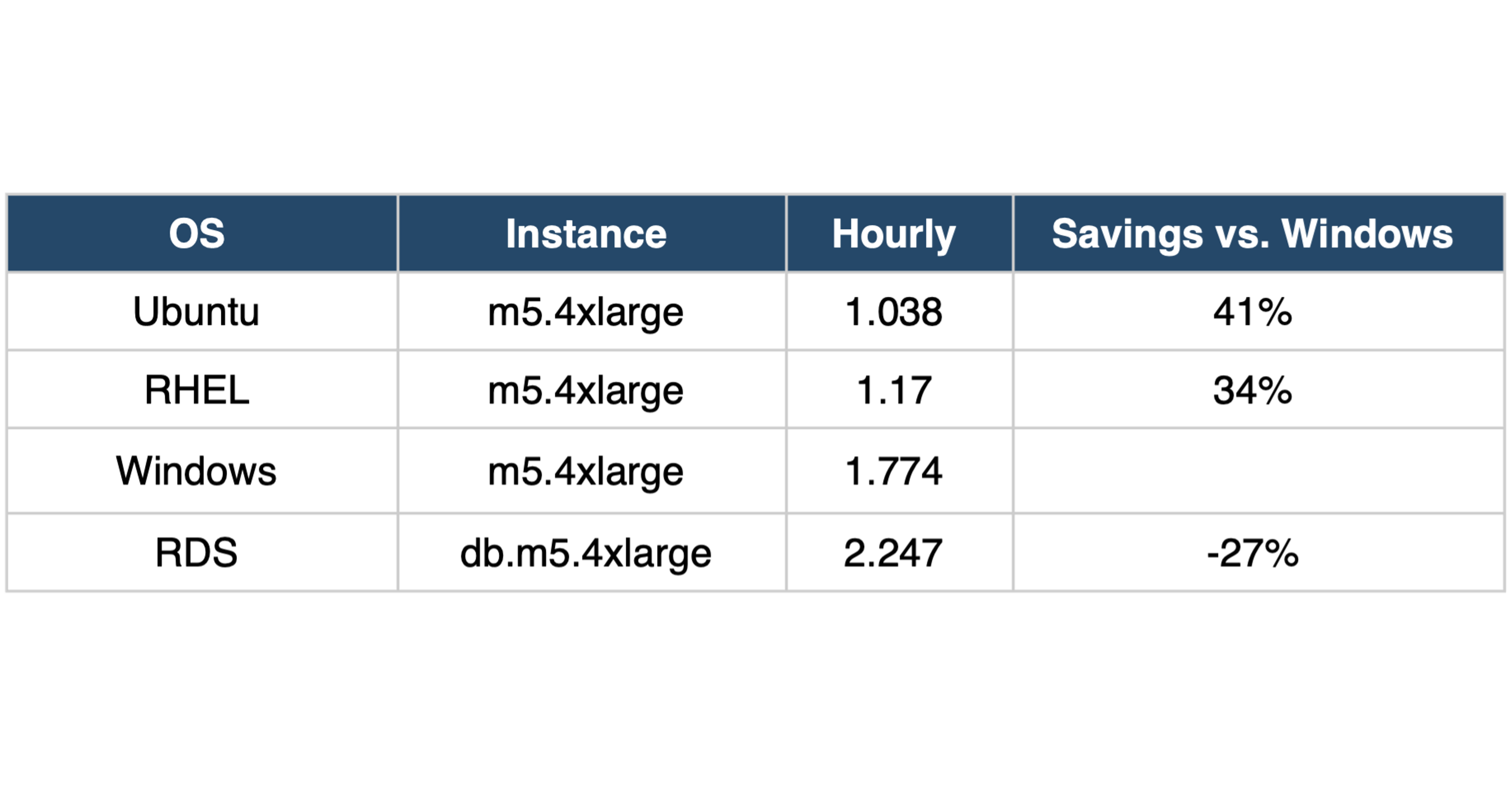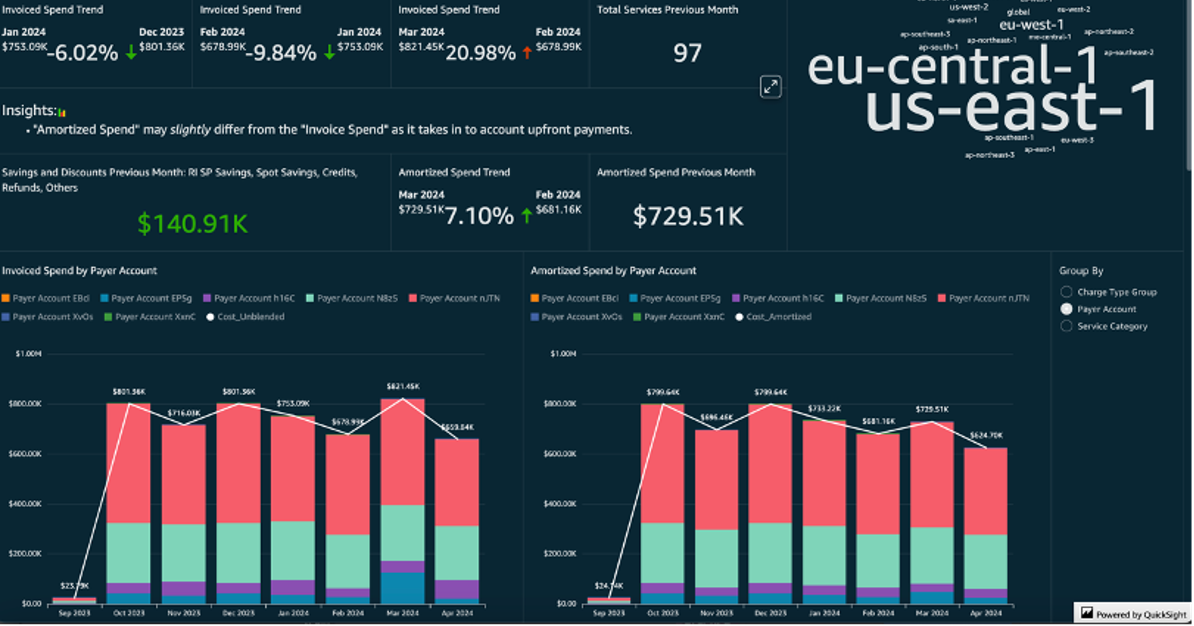Author: Scott Prugh, Chief Technology Officer
I’ve spent a good portion of my career continually hitting up against this problem of work visibility. In small companies with straightforward workflows, tracking work was easy. You could use simple task management tools, whiteboards and even email. But these techniques didn’t scale and can soon fall apart in larger organizations. Add third parties and clients and you very quickly have an unmanageable mess. Once you have many teams that span orgs and companies these ad hoc methods turn into frenzied game of hot potato. Busyness masquerades as productivity and overall effectiveness dwindles. As a professional services organization, we pride ourselves on being great at work management and continuously making our work and our clients’ work visible. This goes way beyond just tracking time. Time tracking is critical, yet it is retroactive. Managing work is a forward looking and proactive activity. Don’t just be busy, work on the right things in the right priority and continually make the way that you work better.
Making Work Visible (Degrandis, 2017, 2022) is important because of the following issues:
- Digital work is inherently intangible —> Extra effort is required to document and wrangle it.
- Without visibility, prioritization is difficult.
- Without visibility, shared understanding is very hard.
- Without visibility, improvement can’t occur effectively.
The world of digital work is complex. Its complexity can approach or exceed that of physical work in factories. In factories, work would pile up and you could SEE it degrade. In the digital world, work piles up silently and invisibly until an escalation occurs, a commitment gets missed or an SLA gets tripped. All these occurrences are detrimental to the business.
The famous book the Phoenix Project (Gene Kim K. B., 2014) documents the 3 ways of DevOps as:
- The First Way: Principles of Flow
- The Second Way: Principles of Feedback
- The Third Way: Principles of Continuous Learning
The First Way (Principles of Flow) forms the foundation of DevOps and Lean Improvement and starts with Making Work Visible (Degrandis, 2017, 2022). The First Ways are:
- Make our work visible
- Limit work in process(wip)
- Reduce batch sizes
- Reduce the number of handoffs
- Continually identify and elevate our constraints
- Eliminate hardships and waste
The first part of getting to Flow is of course to Make the Work Visible. Without this first step there is no way to: Limit WIP, Reduce Batch Sizes, Reduce Handoffs, Elevate Constraints or Eliminate Waste. You can’t see the work to make it better.
To improve work and make it visible I recommend these steps:
Be intentional about work management and make it a differentiator
If your team talks about something, track it. I listen to calls and standups for what the team and our customers are working on. If a “WorkItem” doesn’t exist, I ask for one to be created.
Make an intentional investment in tools
Take time to research and trial tools. Map your workflows. Look at integrations and flexibility to extend to your needs.
Pick tools that are easy to commoditize and support multiple domains if possible (Sales, Support, SDLC)
Don’t pick tools you can’t license for everyone. Also, preferer tools that support multiple domains or can integrate across domains. It is unlikely you will find one work management tool for Sales, Support and Delivery/Development.
Integrate tools to unify workflows
Keeping tools up to date by hand is difficult and greatly increases cognitive load. Instead, implement integrations that keep work up to date and flowing. Many tools have out of the box integrations, there are third parties and automation suites that can help.
Establish standards but allow for flexibility
It’s important to establish standards so teams understand the expectations of using the tools. But take a lesson from Lean and Kata here: your current work standard is your baseline but needs to always be reviewed and improved. Don’t lock your work management tool in a corner or with an outsourcer that doesn’t allow for flexibility in changes. As you discover new flows and new use cases you should be able to adjust and add those easily. Your work management system needs to evolve as you learn.
Allocate time for improvement
Set aside time to improve your work management. Get out of the busy-ness of managing the work and carve out time to make how you manage work better. Garner feedback and keep a list of improvements and burn that down.
One final thing I want to hit on comes from Wiring the Winning Organization (Gene Kim S. S., 2023) by Gene Kim and Steven Spear. Work Management done well requires hard work at the Layer3 level of organizations. Just adding new tools at Layer2 may improve the performance of individual groups but it can increase cognitive load and silo knowledge from other groups. Resist the urge to just throw tools at the problem and instead look to unify the tools, work management and information flows across the groups. Also, consider looking further to understand how your customers interact with your teams and your systems. Customer interactions and knowledge sharing here is a vital piece for not just Services Organizations but also for any organization such as sales and support that service customers.
References:
Degrandis, D. (2017, 2022). Making Work Visible: Exposing Time Theft to Optimize Work & Flow. IT Revolution.
Gene Kim, K. B. (2014). The Phoenix Project: A Novel about IT, DevOps, and Helping Your Business Win. IT Revolution.
Gene Kim, S. S. (2023). Wiring the Winning Organization. IT Revolution.








